2015 Subaru Legacy 2.5i Premium Review (with Video)

Subaru’s Legacy is unique in the midsize sedan segment, not just because it is the only entry with standard all-wheel drive, but also because it also comes with a standard continuously variable transmission and the $21,745 price tag is just $405 higher than the least expensive entry, the Passat. The value of that standard CVT and AWD system is around $2,600-$3,000 effectively making the Subaru a much better value than the base Volkswagen that is front-wheel drive with a manual. This value proposition is the key to understanding Subaru in general and the Legacy in particular.
By making AWD a core Subaru value, and therefore standard on almost every model, certain costs are unavoidable. How then (or why?) does Subaru give you $3,000 more drivetrain for almost the same base price? Excellent question. The reason is simple: the average shopper has troubles with the concept of value. To be competitive Subaru has to keep their pricing in line with the FWD competition. It’s easier to say “my car has AWD for the same price” than “I know it’s $3,000 more, but we give you AWD and they don’t.”
To keep the MSRP competitive on billboards and pop-up ads, Subaru makes up the difference elsewhere. Building any car in the mainstream segment involves what I jokingly refer to as “cutting corners.” Cash can be saved by strategically placed hard plastics, by skipping a little trim in the trunk, making features optional or streamlining common parts. The trick in this segment is knowing what “corners to cut” and those to leave alone. This is a game that Subaru has been quickly learning. Standard AWD and pricing aside, there’s more about the Legacy that marches to a different drummer.
Drivetrain
Subaru’s AWD system has more in common with Audi’s traditional Quattro system than the optional AWD systems you find in the Ford Fusion and Chrysler 200. That’s because the Legacy is the only car in this segment with a longitudinally mounted engine, a mounting choice normally associated with rear-wheel drive vehicles. Like Quattro, Subaru integrates the AWD system and the front differential into the same case as the transmission meaning that the engine and torque converter are entirely in front of the front axle. So, although this layout resembles a RWD layout in a BMW, the weight balance hovers around 60/40 front-to-rear. Subaru likes to advertize the Legacy’s low center of gravity when it comes to handling, but in my opinion the front-heavy weight distribution has more of an impact on the handling than anything else. On the flip side, the overall dimensions of the drivetrain allow the front wheels more room to turn enabling a tighter turning circle than most midsized sedans.
Previous Legacy generations used different AWD systems depending on the transmission and engine choice but 2015 standardizes on Subaru’s latest multi-plate clutch design. Like other systems in the segment the system can lock the clutch pack to send power 50/50 front/rear with no slip and it can direct up to 90 percent of the power to the rear if slip occurs up front. What’s different is the “beefiness” of the clutch pack, this system is designed to send 40 percent of the power to the rear most of the time, while Chrysler’s 200 disconnects the rear axle as often as possible to save fuel and the Ford system defaults to a near 100/0 power split unless slip occurs.
Oil Consumption
Exterior
Borrowing a page from the Fusion’s design book, Subaru decided to give this Legacy a sportier profile with a roofline that starts plunging just after the B-pillar and extends behind the rear wheel. Like the Fusion and 200, which use similar design cues, this style has a direct impact on rear seat headroom. Overall this generation Legacy is far more mainstream than my neighbor’s Legacy GT with the hood scoop and rear wing.
The rear bumper is a perfect place to see one of the trade-offs for the standard drivetrain. Many vehicles that have single and dual exhaust options use two different bumper moldings but Subaru saves some cash by just using one and inserting a blank in the four-cylinder model. In my mind this is the kind of trade-off that’s worth making for two reasons. The blank is well done (as you can see above) and should you for some reason want to have an exhaust shop upgrade you to a dual exhaust tip look, it’s easier than a bumper swap. In addition Subaru saves a little cash by giving base models steel wheels instead of the alloys found on most base midsize sedans.
Interior
I found front seat comfort to be slightly below average in the base model with the 6-way manual seat, and above average in the 10-way power seat found in Premium and Limited trims. You will find more comfortable seats in the Accord and Altima, but these seats are on par with the Fusion. Another area where costs were recouped is the front passenger seat which is 4-way adjustable only and notably less comfortable than the right seat in top-end trims as a result.
Because of the roofline’s plunge toward the trunk, headroom is just about as limited as the Ford Fusion and Chrysler 200. (In other words, if you want AWD, be prepared for a height-restricted back seat.) At 6-feet tall, I had to slouch slightly in the rear to keep my head from touching the ceiling. This profile seems to be a trend in this segment and fewer and fewer midsized sedans have the headroom for six-foot-plus folks in the rear, the Accord and Passat are notable exceptions.
At 15 cubic feet the Legacy’s trunk is a hair smaller than the Camry, Passat, Accord, 200 and Fusion. However, Subaru uses a hinge design that doesn’t consume any trunk space meaning the slightly smaller hold is actually more practical. The Altima still takes top honors in this segment for swallowing multiple 24-inch carry-on sized roller bags in the vertical position.
Infotainment
One of the more interesting features of StarLink is unfortunately not supported in the United States: MirrorLink. you can think of MirrorLink as the more open alternative and precursor to Apple CarPlay and Android Auto. Sadly MirrorLink looks to be something consigned to the dustbin, but hopefully this means Subaru will support the other two standards at some point soon. (Note: Although Subaru does not support it in the USA, Subaru owners tell me it does work with a limited number of Android devices.)
Drive
The boxer engine may drop the center of gravity, but it also makes the Legacy just as front-heavy as a V-6 Accord. Like that Accord and every other V-6 front wheel drive sedan, the Legacy feels heavy and reluctant to turn in neutral handling (power-off) situations. Apply power in the corner, and the Legacy feels more neutral and predictable as the car shuttles power to the rear wheels, but the Subaru AWD system does not torque vector in the rear so it’s never going to rotate like a RWD car or an Acura with SH-AWD. The previous generation Legacy 3.6R used a mechanical center differential to give it a slight rear bias, but that has been removed for 2015 in the name of fuel economy.
Speaking of fuel economy, the Leagcy’s numbers are unexpectedly high. Over the course of a week, I averaged 28.8 mpg in mixed driving with plenty of hill climbing as my commute involves a 2,200-ft mountain pass. Looking back on the recent sedans I’ve tested, the Legacy beat the four-cylinder Camry, tied with the 1.5-liter Fusion, was 1-2 mpg lower than the Passat 1.8T, Altima 2.5 and 4 mpg lower than the Accord with a CVT.
The high fuel economy comes at a slight cost. Subaru’s CVT has a ratio spread of 5.8 (that represents the spread of ratios from low to high, the higher the number the bigger the difference between high and low) which is narrower than most of the other transmissions in this segment. This means that when picking a final drive ratio Subaru had to chose between low end acceleration and fuel economy and they chose the latter. The resulting 14:1 starting ratio is notably higher than the 17.6:1 ratio we find in the four-cylinder Chrysler 200 and explains the Legacy 2.5’s leisurly 8.3 second 0-60 time. Some folks have incorrectly assumed the 2.5-liter boxer is “guttless” at low RPMs, but it really has more to do with this ratio and the torque converter design, as evidenced by the 3.5 second 0-30 time (longer than a Prius). Opting for the 3.6-liter engine certainly adds some scoot, but the big boxer is notably less powerful than the V-6 engines in the competition. Couple that with a tweaked CVT and an even higher starting ratio of 12.8:1 and 3.6R Limited is decidedly sluggish compared to the Fusion’s 2-liter turbo and especially the Chrysler 3.6-liter V-6.
Subaru’s revised suspension in this generation of Legacy has improved the road manners. While not as soft as the Altima, the Legacy proved to be a smooth highway companion and never seemed upset over broken pavement. This year’s cabin is notably quieter than before in both wind and road noise. This softer side of Subaru translates to plenty of body roll and tip and dive when you’re out on your favorite mountain road, but the Legacy is still firmer than the Altima. The steering rack isn’t as responsive or direct as the Mazda6, Fusion or Accord Sport, opting instead for a middle-of-the-road feel. Subaru has tweaked the suspension further for 2016, but I did not get a chance to sample the change. Although the Mazda6 is not one of the faster options in this segment, it is still the most fun out on a winding road.
In terms of AWD competition, for the 2.5-liter model there simply isn’t any. Ford’s requires you to select the SE or above trims and the 2-liter turbo engine in order to add four-wheel motivation to the Fusion. As a result, the least expensive model is $27,810. Not only is that $6,000 more than a base Subie, the EPA says it’ll cost you $300 a year more to run. Chrysler only bundles AWD with their 3.6-liter V-6, which drops fuel economy to 22 mpg in combined driving and bumps the price tag to $29,562, which is $8,000 more than the base Subaru. On the filp side, the 200 AWD will hit 60 in under 6 seconds, more than a full second faster than the Legacy 3.6R.
Thanks to high fuel economy and a well chosen feature set, the Legacy 2.5 is a solid alternative to the FWD competition with only few caveats. The 3.6R is another matter. The top end Legacy will set you back 30-large and adding push-button start and navigation bumps this up to around $34,000. For that price, the Chrysler adds real wood trim, ventilated seats, better handling, better performance, heated steering wheel, more comfortable seats, auto high-beams, autonomous parking and a partial LCD instrument cluster.
Taken out of context, the Legacy could seem less than competitive. If you’re looking for the best rear seat accommodations, the highest fuel economy, the best performance or the most luxury features, your future lies elsewhere. But it’ll cost you more and it won’t have AWD. The interesting twist is that even if AWD isn’t terribly important to you, there is little penalty at the pump and almost no price premium at purchase. That means that whether you’re above the snow-belt or not, if you’re looking for one of the best buys in the CamCord segment, drop by your Subaru dealer. If you want the “best AWD family hauler” however, that’s at the 200C AWD from Detroit.
Subaru provided the vehicle, insurance and one tank of gas for this review
Specifications as tested
0-30: 3.5
0-60: 8.3
1/4 Mile: 16.2 Seconds @ 87 MPH
Average Economy: 28.8 MPG

More by Alex L. Dykes
Latest Car Reviews
Read moreLatest Product Reviews
Read moreRecent Comments
- THX1136 What happened to the other companies that were going to build charging stations? Maybe I'm not remembering clearly OR maybe the money the government gave them hasn't been applied to building some at this point. Sincere question/no snark.
- VoGhost ChatGPT, Review the following article from Automotive News: and create an 800 word essay summarizing the content. Then re-write the essay from the perspective of an ExxonMobil public relations executive looking to encourage the use of petroleum. Ensure the essay has biases that reinforce the views of my audience of elderly white Trump-loving Americans with minimal education. Then write a headline for the essay that will anger this audience and encourage them to read the article and add their own thoughts in the comments. Then use the publish routine to publish the essay under “news blog” using Matt Posky listing the author to completely subvert the purpose of The Truth About Cars.
- VoGhost Your source is a Posky editorial? Yikes.
- Fed65767768 Nice find. Had one in the early-80s; loved it but rust got to it big time.Still can't wrap my head around $22.5K for this with 106,000 km and sundry issues.Reluctant (but easy) CP.
- El scotto err not be an EV but to own an EV; too much training this week along the likes of what kind of tree would be if you were a tree? Sorry. Bring back the edit function.



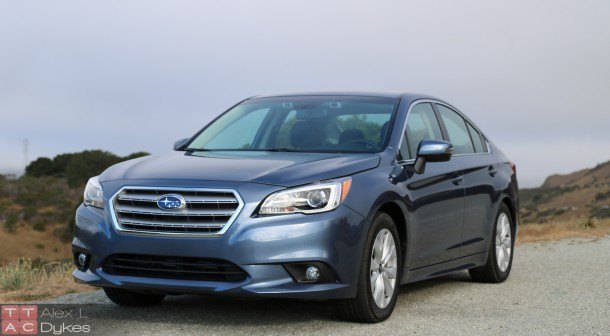







































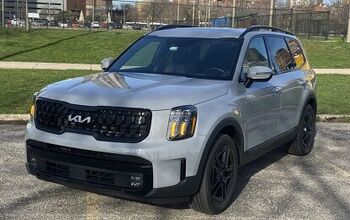
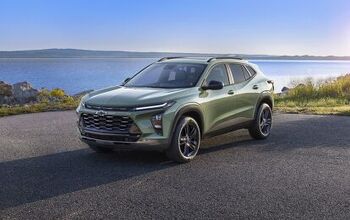
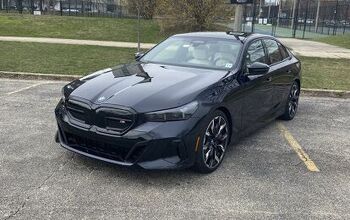
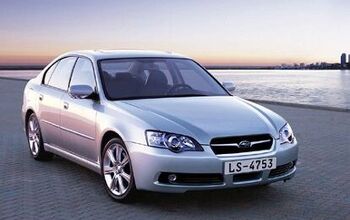
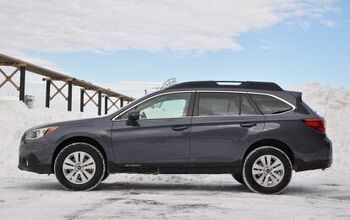

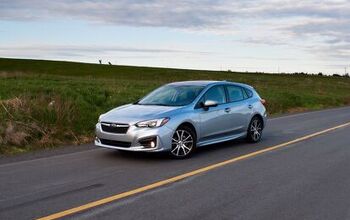

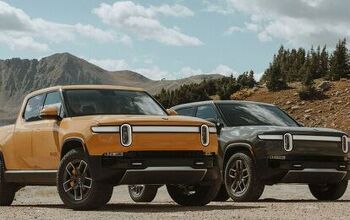
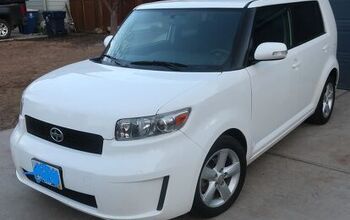

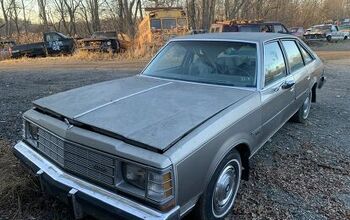
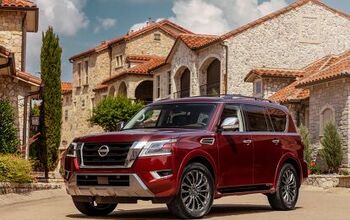
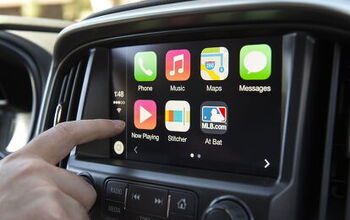
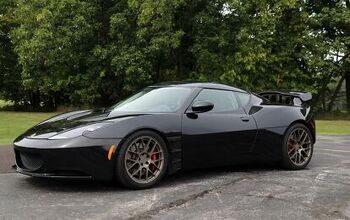
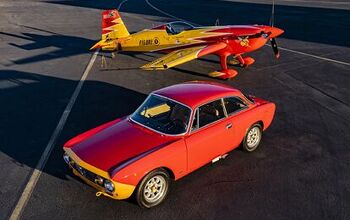


Comments
Join the conversation
Kudos for writing an article that mentions the previous gen 3.6R having a slight rear bias, and mulitple awd systems! Not that it was anything game changing but I never saw a review for a Legacy that mention the 3.6 bias and few that mention the different awd systems(one for each transmission offered). Side note the frameless windows got ditched with the 2010 redesign.
Have to agree on the use of snow tires. I drive a MK6 GTI and i install 16 inch snow tires on my car every year. I have never gotten stuck in the snow. My buddy drives a Subaru and for the life of me i can not get across to him to put on snow tires. He feels the AWD will always get him out of trouble. Of course when it snows he never takes out the car until the streets are plowed. I owned 1 Subaru years ago and it was enough for me. I can understand under certain conditions you can make use of the AWD like going up an snow covered road but to haul all that extra weight and moving parts is crazy. In NYC we have many winters where we get only a few inches of snow and sometimes we do get hit but when we get over 6 inches of snow in NYC everything stops.